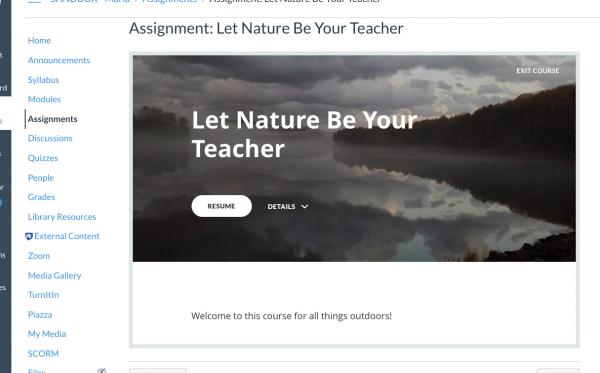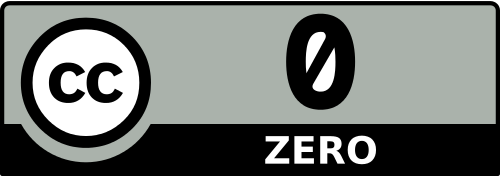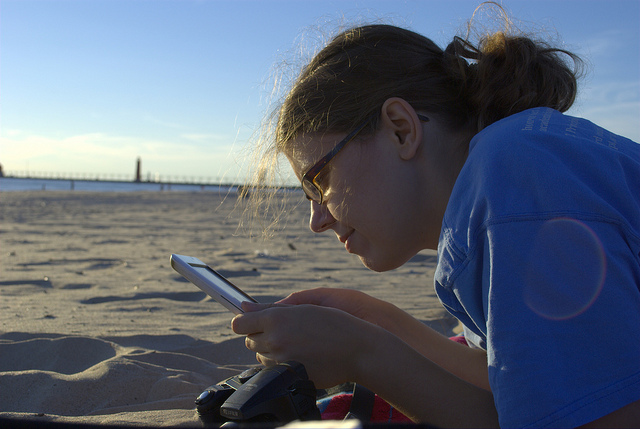Using Rise 360 with Canvas



Last month, the Smithsonian launched Smithsonian Open Access, a website that provides access to millions of digital artifacts (2D & 3D images, animations, data, audio files, and more). The items are all available under a CC0 license, meaning they are in the public domain and you are free to download, reuse, remix, revise and redistribute, making them a fantastic resource for education.

The Dutton e-Education Institute recently hosted its first Speed Dating with Learning Technologies event. This was an opportunity for faculty to get quick and easy introductions to technologies that can be used to enhance teaching in face-to-face, hybrid, and online courses. The event featured the following technologies:
Looking for a way to help your students get more out of their studies? The study of effective teaching and learning strategies is sometimes known as the science of learning, and it delves deep into cognitive science to inform the ways we teach and learn. Research-backed strategies have proved to be effective for students of all ages.
Here’s an innovative idea to promote deep learning: allow students to make up missed exam points by creating their own short videos to explain the missed concepts. Once evaluated for accuracy, the videos can be posted for classmates to discuss and also use for study.

Mike Taylor, of Mindset Digital, recently presented a webinar devoted to helpful resources that can be added to a course design toolkit. Below you will find a selection of a few of these resources, which can be hugely helpful in finding visual imagery to accompany course content or presentations. Enjoy!

One of my favorite parts of being a learning designer is working with instructors. It’s not only a chance to create a new course with ideas, but it’s an opportunity for a new work partnership. The idea-sharing, the collaborative work, and even the thrill of reaching a goal too close to a deadline are enriching.
Here are a few tips I’ve gathered over the years on building partnerships among designers and instructors:

The sound of waves crashing onto the shore…
The feeling of wind blowing through your hair…
The crisp taste of a refreshing beverage as you sit in the hot sun…
And a list of e-learning blogs to add to your news feed….
The probability of encountering a student with color deficiency (color blindness) in your online course is higher than you might think. By following accessibility best practices you can eliminate potential issues with image interpretation from the start. However, what about images from outside sources that you require the student to analyze? Are there strategies that you can employ to assist a student with color deficiency? The answer is “yes.”